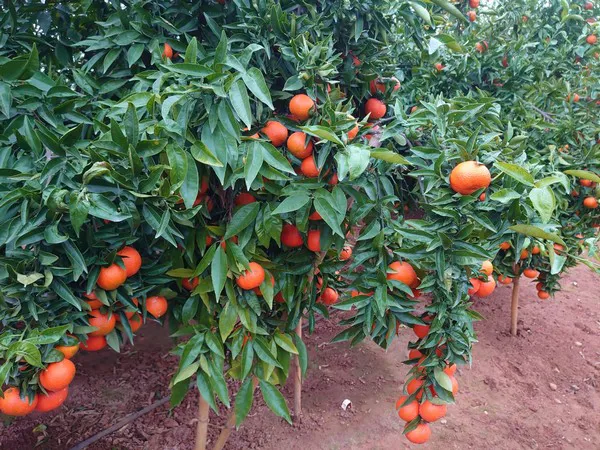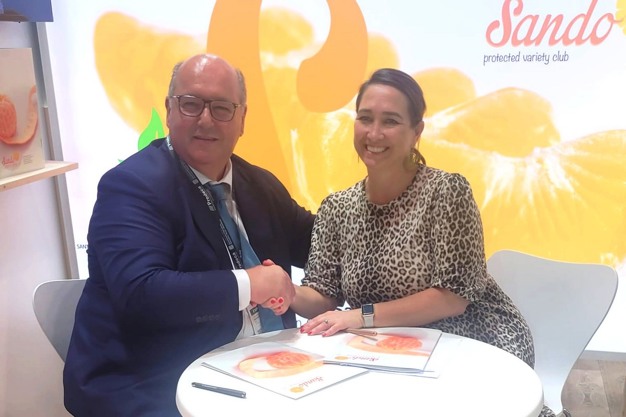There is still a little over a month to go before the start of the Sando clementine harvest, which is expected to begin earlier this year. The production of this protected variety, which has not been hit by the storms and floods, is expected to increase this year, reaching between 25 and 30 million kilos. The variety's owners continue working on its expansion in both the southern and northern hemispheres.

"While the crop was harvested late last year, this year we are expecting to start early, with higher volumes thanks to the new farms coming into production. Quality and calibers should also be good," says Joan Antoni Caballol, Sando's general manager. "We have received no reports of Sando farms affected by the storms and floods, although if any came, we would be committed to helping them," he says.
"Last year, some farms were hit by hail storms, but this year's conditions have been good. If the weather allows it, we will be able to harvest earlier and serve a bigger market, as there is going to be a smaller Clemenules supply this year, with damage expected due to the impact of the rains in the largest producing areas, which will shorten their season compared to the previous one," he says.
The plantations of this protected variety are located in different growing areas in Spain, mainly in the south of Tarragona, Castellon, Valencia, as well as further south in Huelva and Seville, with acreage totaling almost 700 hectares. "We have spotted around 30 hectares of illegal orchards and we continue to work on their regularization," says Caballol.
The Sando representative stresses the importance of labeling to facilitate the variety's identification by consumers. "There are already around 30 stores labelling with the Sando quality and traceability seal. It is important to continue making progress in this area, as it is a key element in differentiating quality and origin in a market with so many different varieties, which can cause confusion among consumers."
"Sando is emerging as a clementine for the second part of the season. It is resistant to Alternaria, and it is adding value in terms of flavor and organoleptic qualities compared to the Hernandina, which is the free variety available at the moment," says Caballol.

Joan Antonio Caballol, Managing Director of Sando Clementine, and Estelle Goosen, Stargrow's General Manager, at Fruit Attraction.
Recently, during the Fruit Attraction international trade fair, an agreement was signed between Sando Clementine and the South African company StarGrow, a citrus and stone fruit breeder which is going to start planting the Sando in South Africa.
"We want the same know-how and vision implemented in Spain to be brought to South Africa by StarGrow. Once the quarantine processes have been completed, we also aim for the Sando variety to be introduced in Australia, and we hope to be able to complete the quarantine process in California by 2025 and begin its development in the United States, although there is still plenty of work to be done," says Joan Antoni Caballol.
For more information:
Joan Antoni Caballol i Angelats
Sando Clementine
Av. Generalitat, 104, 1.º C
43500 Tortosa. Spain
Tel.: +34 609045598
[email protected]
www.sandoclementine.com
